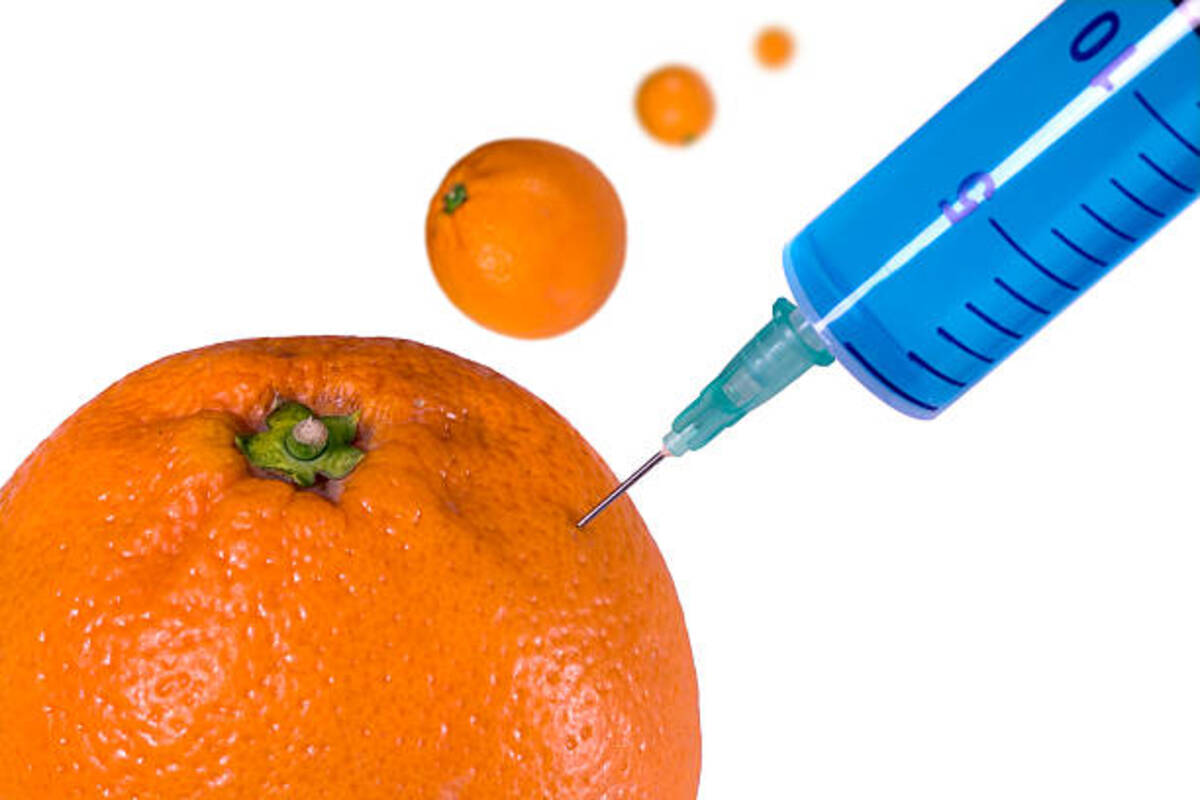India-Qatar joint business forum to bolster bilateral economic ties
India and Qatar are set to strengthen their economic and trade ties with the India-Qatar Joint Business Forum, scheduled to be held here on Tuesday.
Food adulteration is the act of intentionally debasing the quality of food offered for sale either by the admixture or substitution of inferior substances or by the removal of some valuable ingredient.

an image pointing out the concept of food adulteration, symbolized by an injection of blue fluid into a fruit while others are ""waiting"" in the queue
Slowly and gradually the practice of food adulteration is increasing day by day in the country. And this practice is thriving, unnoticed by shopkeepers in a hurry. There is a duplicate for most of the popular brands in the market. Edible oil, cereals and auto spare parts… there is a duplicate for everything.
Adulteration is fueling business in India. Foodstuff is one of the major targets as it is easy to adulterate and get away. Turmeric powders are mixed with chemical colours to make them look brighter. Salt with chalk powder. Peppercorns with dried papaya seeds. Coriander powder with sawdust. Tea leaves with the same coloured leaves. Coffee seeds with tamarind seeds. Different vegetables are coloured with dyes to look bright and some of them are carcinogenic. The brick powder is mixed with chilli powder.
Advertisement
It is not just food, but anything that sells. Petrol. Diesel. Drinking water. The list is endless.
Advertisement
Before we discuss further let’s discuss what is food adulteration and why do companies engage in this practice?
What is food adulteration?
Food adulteration is the act of intentionally debasing the quality of food offered for sale either by the admixture or substitution of inferior substances or by the removal of some valuable ingredient.
Food adulterants refer to the foreign and usually inferior chemical substance present in food that causes harm or is unwanted in the food. Basically, during food adulteration, a small quantity of non-nutritious substances are added intentionally to improve the appearance, texture or storage properties of the food.
So, why do companies engage in adulteration? The answer is simple—increasing profit margin. While it’s unethical and government laws deem it an illegal practice, adulteration continues rampantly even today. This is due to loopholes that exist in regulations and the lack of strong implementation of the laws.
Despite stringent laws and periodical raids by officials, the grey market is thriving as a section of consumers are satisfied with the duplicate product as long as it is cheap, overlooking the quality factor. An edible oil manufacturer of a reputed brand said that the Food Safety and Standards Authority of India (FSSAI) rules were clear and specific.
The Annual Public Laboratory Testing Report for 2014-15 by the Food Safety and Standards Authority of India (FSSAI) indicates that of the 49,290 samples of food items it tested, 8,469, nearly one-fifth, were found adulterated or misbranded.
Government authorities are working towards building a comprehensive solution to the lingering problem of food adulteration. The FSSAI has even proposed to include a new section in the Food Safety Standards (FSS) Act that was originally passed in 2006, to crack down on food adulteration. After all, it is our health that is on the line and as the popular saying goes, ‘Health is Wealth’.
Advertisement